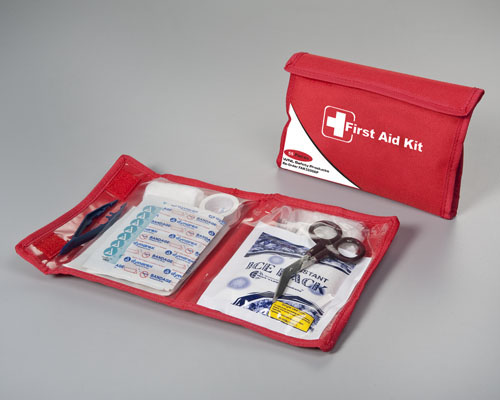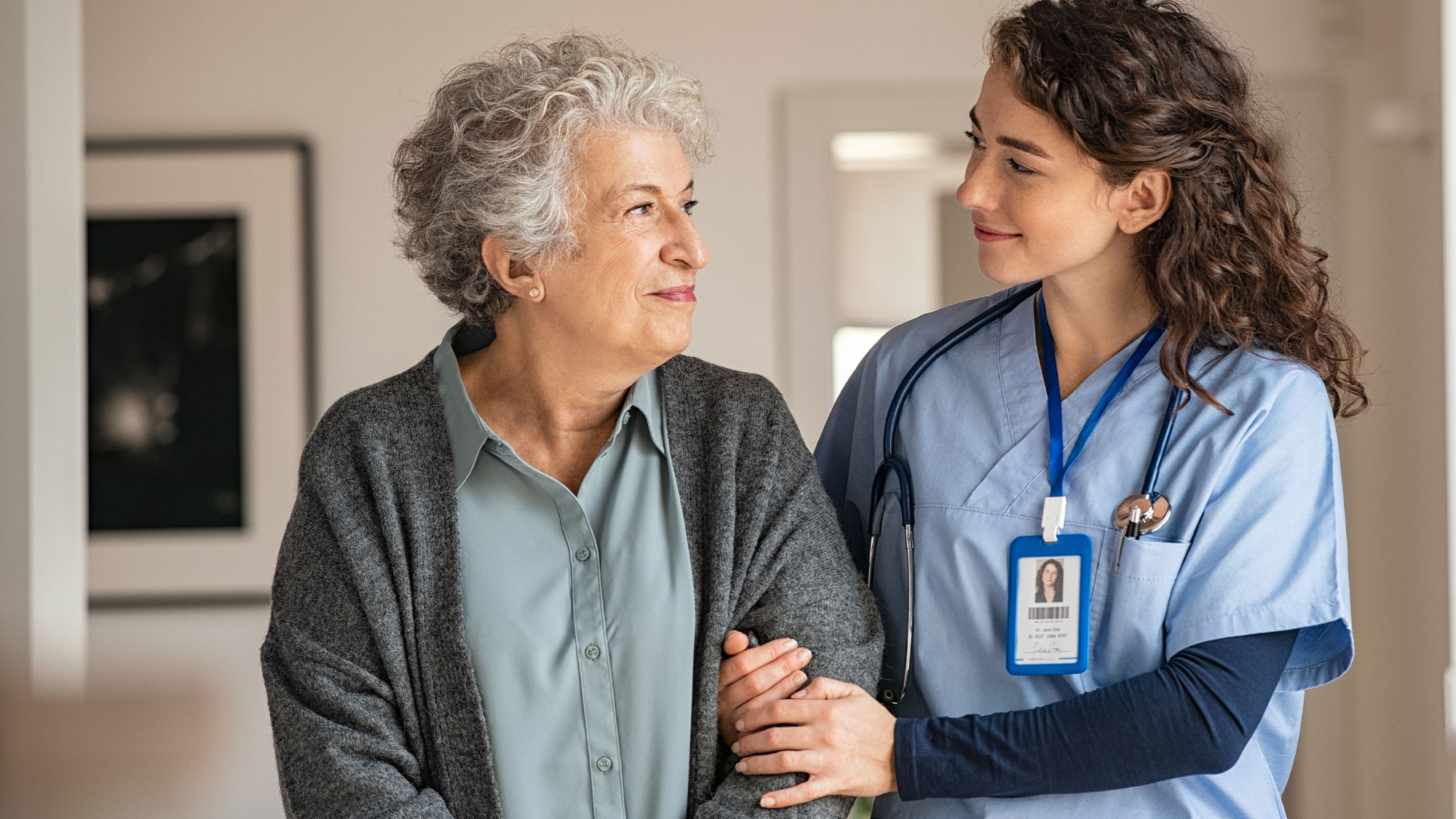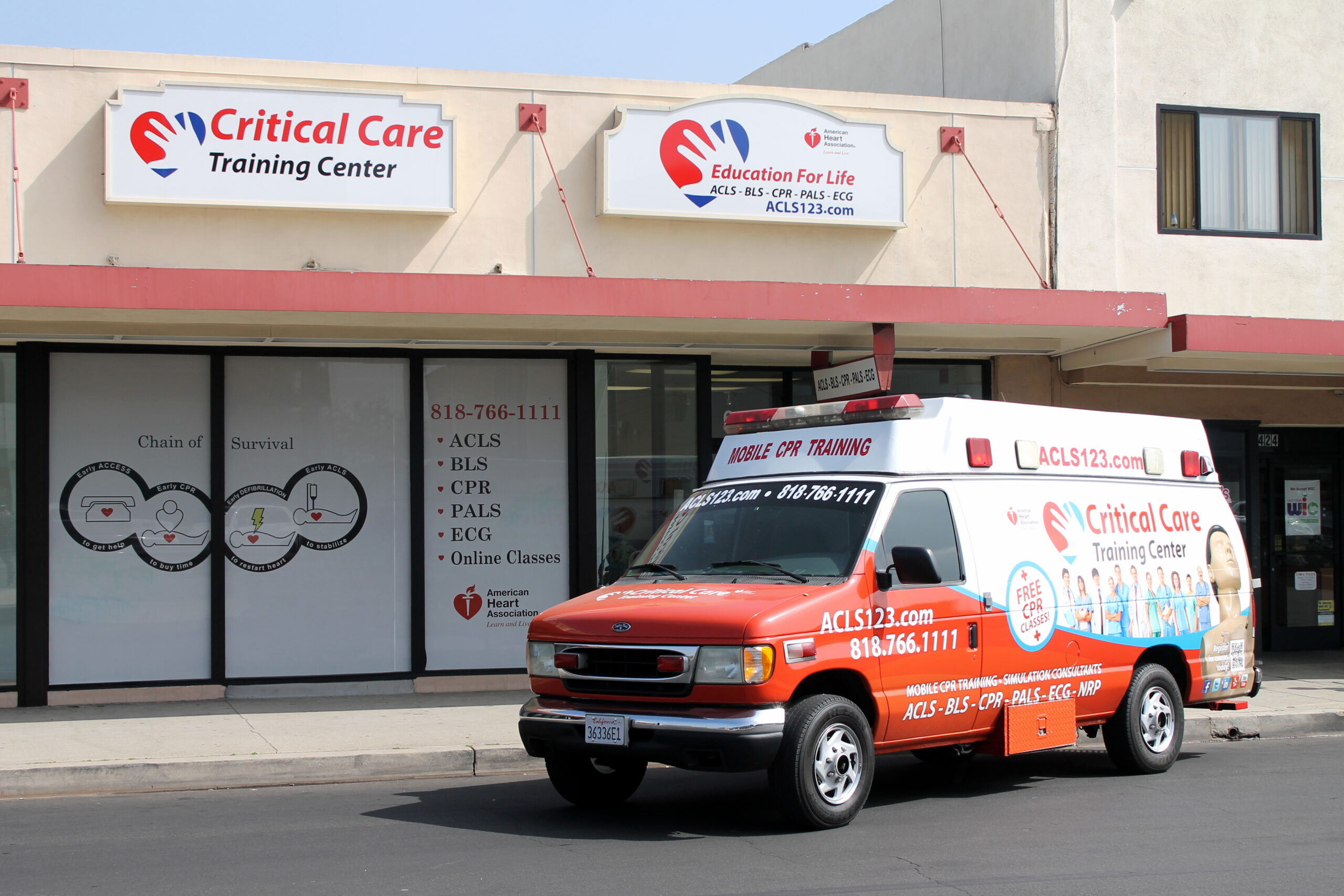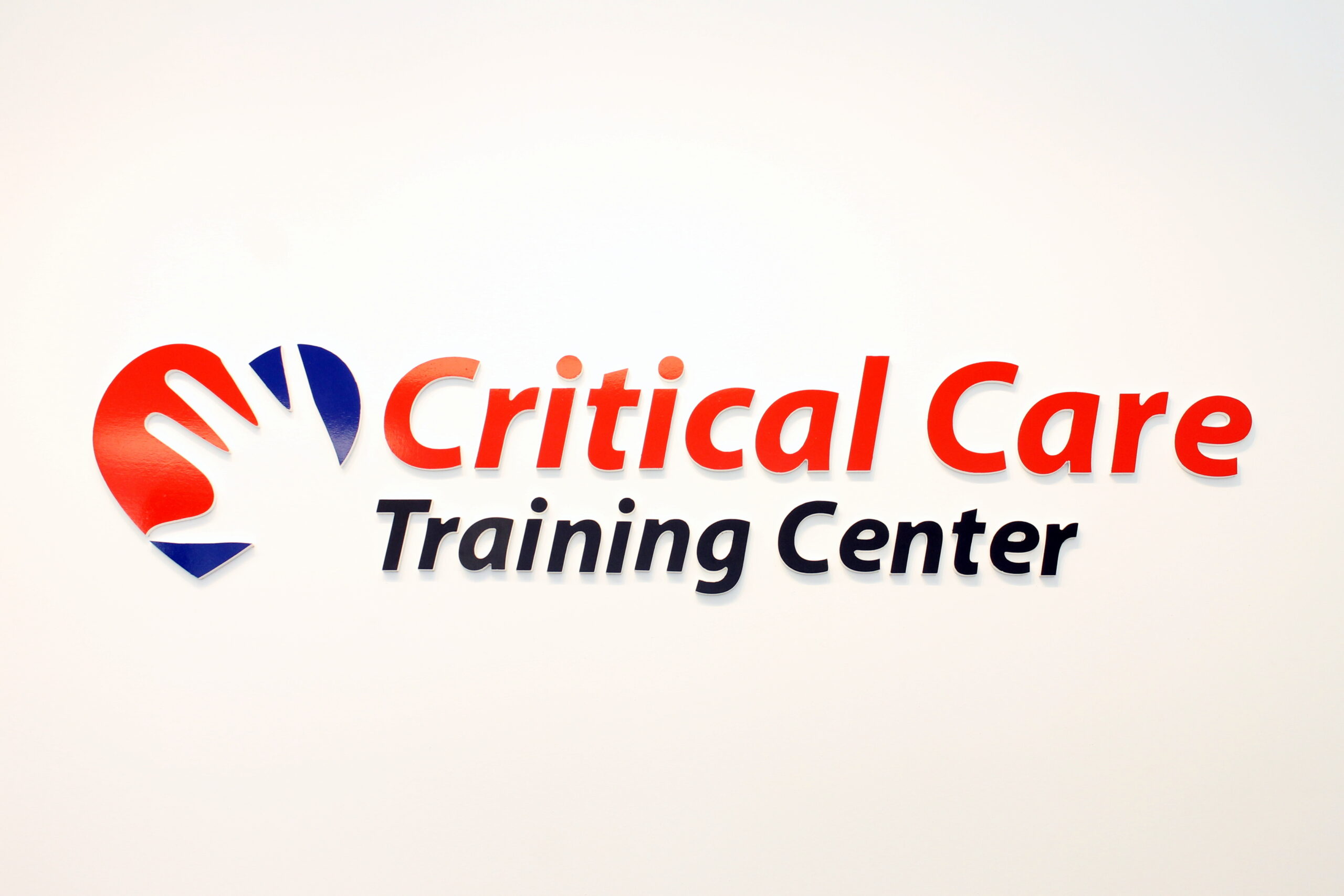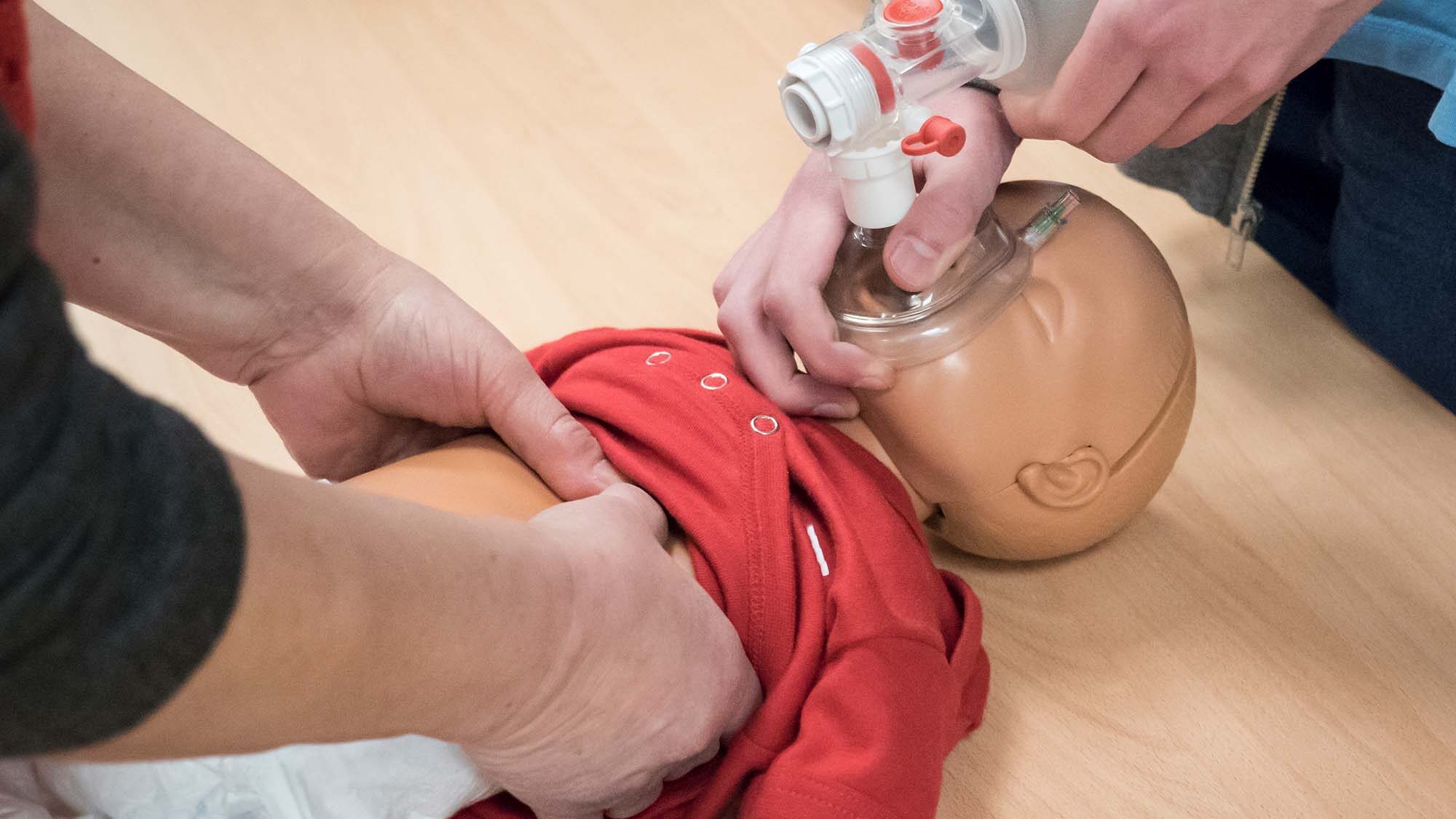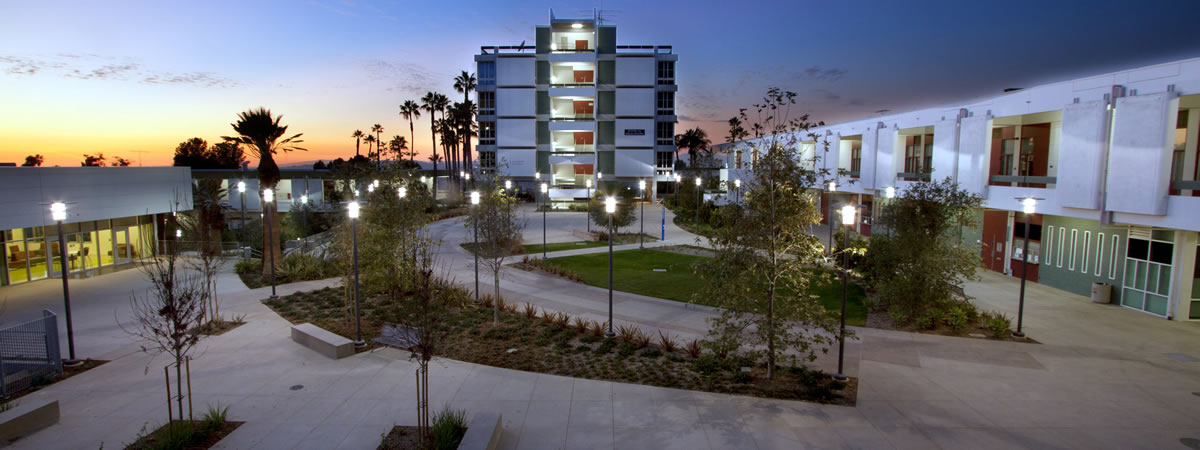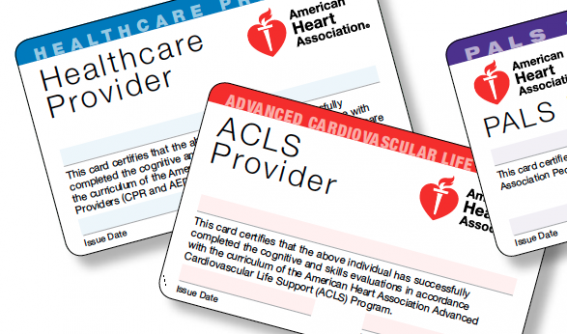
Cardiopulmonary resuscitation is a very important skill to possess in the community because it could be life saving at any time. Most community members have never been in a situation where they have seen CPR performed on someone, or felt the need to use it themselves, which is why many do not have a certification or deem this as an important skill. Whether a person is a certified health care provider or a lay rescuer, being able to perform CPR on someone may save a life.
The most helpful person in a scenario where CPR is needed, is not the person who makes the phone call to 911, it is the person that can perform CPR at that very moment, on that very person, whose life depends on those passing seconds. If an ambulance is waited for, the person may die before a health care provider arrives. It is also extremely helpful in rural areas to be able to perform CPR on a fallen bystander if a healthcare facility is not close by. I would promote CPR awareness for lay rescuers in the community by posting flyers for CPR classes and demonstrations in areas that receive frequent foot traffic, such as grocery stores, gyms, parks, restaurants, banks, and drugstores. In an article about the practice of CPR, Oermann, Kardong-Edgren, Odom-Maryon, Hallmak, Hurd, Rogers, Haus, McColgan, Snelson, Dowdy, Ressurreccion, Kuerschner, LaMar, Tennant, and Smart (2011) state: Studies have tested the use of a voice advisory manikin (VAM) for learning and practicing CPR skills. These manikins allow learners to practice compressions, ventilations, and single-rescuer CPR; assess those skills as learners perform them; and provide continuous verbal feedback on performance, for example, “do not compress so fast” and “ventilate more slowly” (p. 311).
These manikins are perfect for non-healthcare provider CPR certification. They allow the learner to simply figure out if they are compressing too fast or slow, or too strongly or weakly. I believe this to be the most effective and simple way to raise awareness among community members, to have them become knowledgeable and involved in the classes, and more importantly, to feel comfortable being able to perform CPR on a person, should the need arise.
To Register for an American Heart Association CPR Class, CLICK HERE

